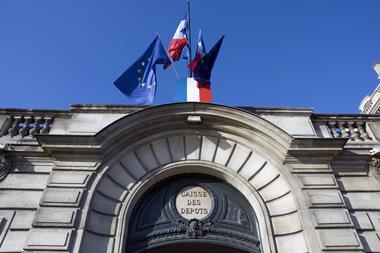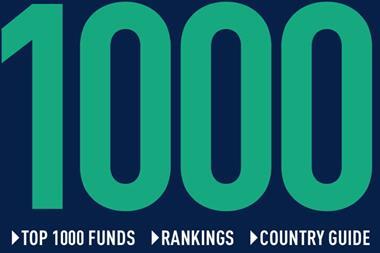The Danish central bank is expanding its publication of data on the insurance and pension sector, as the industry becomes a more and more important part of the Nordic country’s economy.
In the first of a new type of regular report it is issuing, the bank said: “Since the insurance and pension sector plays an increasing role in the Danish economy, Danmarks Nationalbank is introducing new quarterly statistics for this sector.”
Pension and insurance assets in Denmark amounted to 213% of the country’s GDP at the end of September, according to the report.
Denmark has the highest level of pension assets in funded and private pension plans compared to GDP of any OECD country, the organisation’s data show.
In the OECD’s Pension Markets in Focus 2019 report, these pension assets amounted to 198.6% of GDP in 2018, down from the 205.7% reported for 2017.
Danmarks Nationalbank already releases quarterly statistics on the insurance and pension sector, but until now this has formed part of its financial accounts and securities statistics.
Apart from now being reported separately, the new insurance and pensions statistics also contain data that is to a degree more granular and comprehensive than those previously published, and are accompanied by a “Statistical Insight” overview of the main highlights, the bank told IPE.
The quarterly statistics will include the sector’s total balance sheet broken down by assets and liabilities specified by provision type; investments dissected into country and currency, with the option to look through stocks in Danish investment funds, as well as data on currency hedging and returns.
The first report, which covers life insurers, pension funds and general insurance companies, reveals the sector had financial assets with a market value of almost DKK4.8tn at the end of September, with the pension sector accounting for over DKK4.6trn of this.
Half of the sector’s shares and equity investments are shown in the statistical analysis to be unlisted, a category which the bank said included most of the sector’s alternative investments – mostly property, private equity, infrastructure and hedge funds.
Most investments held by insurance and pension firms were foreign ones, the data showed, with only 46% being Danish.
While the firms had invested primarily in assets denominated in Danish kroner and euros, the bank said the sector had dollar-denominated investments totalling almost DKK1trn, nearly a quarter of total assets.
Returns for the first nine months of this year were DKK479bn, with the large returns reflecting gains on interest rate derivatives and bonds due to falling interest rates in the period, the central bank said.
It noted that unlisted shares were often valued on the basis of models and assumptions regarding risk and illiquidity.
“This means that returns do not always mirror market fluctuations,” the bank said.



























No comments yet